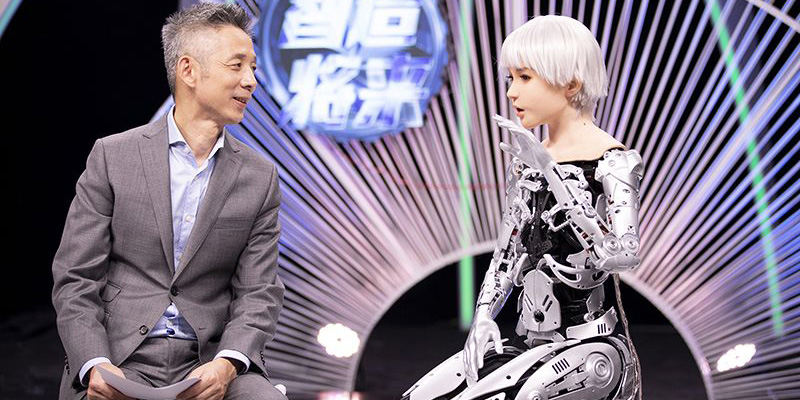Insights from the 2024 Beijing World Robot Conference
The 2024 Beijing World Robot Conference was a spectacular event that brought together the brightest minds and the most innovative technologies in the field of robotics. As attendees walked through the sprawling exhibition halls, they were greeted by a dazzling display of humanoid robots that seemed to promise a future filled with endless possibilities.
One of the most captivating aspects of the conference was the emergence of humanoid robots that are blurring the lines between machines and humans. These advanced creations are not just mechanical contraptions but are becoming increasingly life-like, raising questions about the role they will play in our society.
As visitors explored the various exhibits, they couldn’t help but notice the remarkable progress in the realism of these humanoid robots. Gone are the days when robots were clunky and awkward-looking. Today, they are crafted with meticulous attention to detail, featuring smooth lines, realistic skin tones, and expressions that are almost indistinguishable from those of real humans. This level of realism is reminiscent of the most advanced realistic dolls, but with the added functionality and intelligence of a robot.
One of the standout exhibits at the conference was a humanoid robot developed by a leading robotics company. This robot stood tall and proud, its human-like features immediately drawing the attention of passersby. With its lifelike eyes that seemed to hold a glimmer of intelligence and its fluid movements, it was easy to forget that it was not a real person. The company representatives explained that this robot is designed for a variety of applications, from healthcare and education to customer service and entertainment.
In the healthcare sector, humanoid robots like these could play a crucial role in providing assistance to patients and medical professionals. They could perform tasks such as taking vital signs, delivering medications, and even providing emotional support to patients. With their realistic appearance and gentle demeanor, they could help alleviate the stress and anxiety that often accompany hospital stays.
In education, humanoid robots could serve as engaging and interactive teaching assistants. They could answer students’ questions, lead discussions, and even demonstrate complex scientific concepts through vivid animations and simulations. Their ability to adapt to different learning styles and levels could make education more accessible and effective for students of all ages.
The entertainment industry is also taking notice of the potential of humanoid robots. Imagine a stage show where a humanoid robot performs alongside human actors, adding a new dimension of excitement and wonder. Or a theme park attraction where visitors can interact with lifelike robots that bring their favorite characters to life. These possibilities are not far-fetched, as many entertainment companies are already exploring the use of humanoid robots to enhance the visitor experience.
However, the development of humanoid robots also raises several important questions and challenges. One of the main concerns is the ethical implications of creating machines that are so similar to humans. As these robots become more integrated into our daily lives, we need to consider issues such as privacy, safety, and the potential for abuse. For example, who is responsible if a humanoid robot causes harm? How do we ensure that these robots are used for the greater good and not for malicious purposes?
Another challenge is the impact that humanoid robots could have on employment. As these robots become more capable of performing tasks that were once reserved for humans, there is a fear that they could lead to job losses in various industries. While it is true that automation has always led to some degree of job displacement, history has also shown that new technologies often create new job opportunities. The key is to ensure that workers are equipped with the skills and knowledge needed to adapt to the changing job market.
Despite these challenges, the future of humanoid robots looks bright. The 2024 Beijing World Robot Conference served as a testament to the remarkable progress that has been made in the field of robotics and the endless possibilities that lie ahead. As technology continues to advance, we can expect humanoid robots to become even more realistic, intelligent, and useful.
In conclusion, the 2024 Beijing World Robot Conference was a remarkable event that showcased the incredible potential of humanoid robots. From their realistic appearances to their advanced capabilities, these robots are poised to transform various aspects of our lives. However, as we embrace this new era of robotics, we must also address the ethical and social challenges that come with it. By doing so, we can ensure that humanoid robots are developed and used in a way that benefits society as a whole. As we look to the future, it is clear that humanoid robots will play an increasingly important role in shaping our world, and the lessons learned from events like the Beijing World Robot Conference will be crucial in guiding us on this journey.




